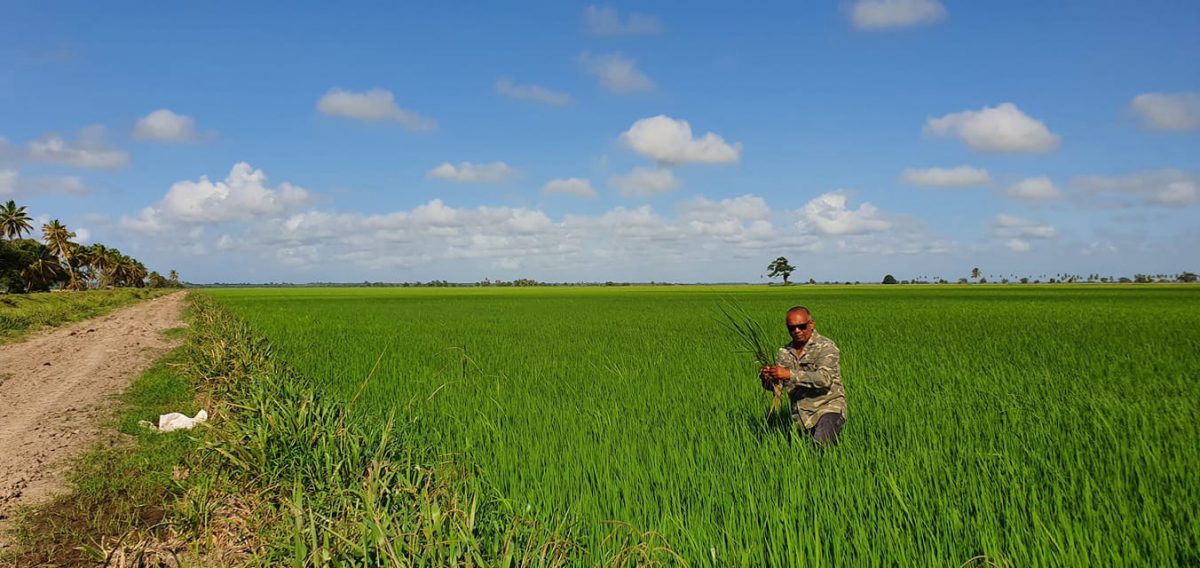Unsurprisingly, the future of Guyana’s traditional agricultural economy in the wake of the emergence of oil & gas and the fanciful futuristic dreams that have attended a projected economic explosion, has, up until now, attracted a great deal less than the level of public discourse that it perhaps merits. This, notwithstanding the unpalatable precedents of developing countries (Nigeria being perhaps the primary example), where the agriculture sector has been significantly downsized or set aside altogether under pressure from the alternative ‘prospects’ that petro dollars have held out.
True, in the instance of Guyana, the rice industry still holds sway as a leading light in the country’s agriculture sector while the fruit and vegetable cultivation continues to be the trademark of Guyana’s credentials as the region’s most food-secure nation. For the time being, therefore, the unspoken assumption still prevails that even the prospect of untold oil wealth is unlikely to shift particularly, the country’s traditional farming families that are the biggest investors in the agriculture sector, from the land.

